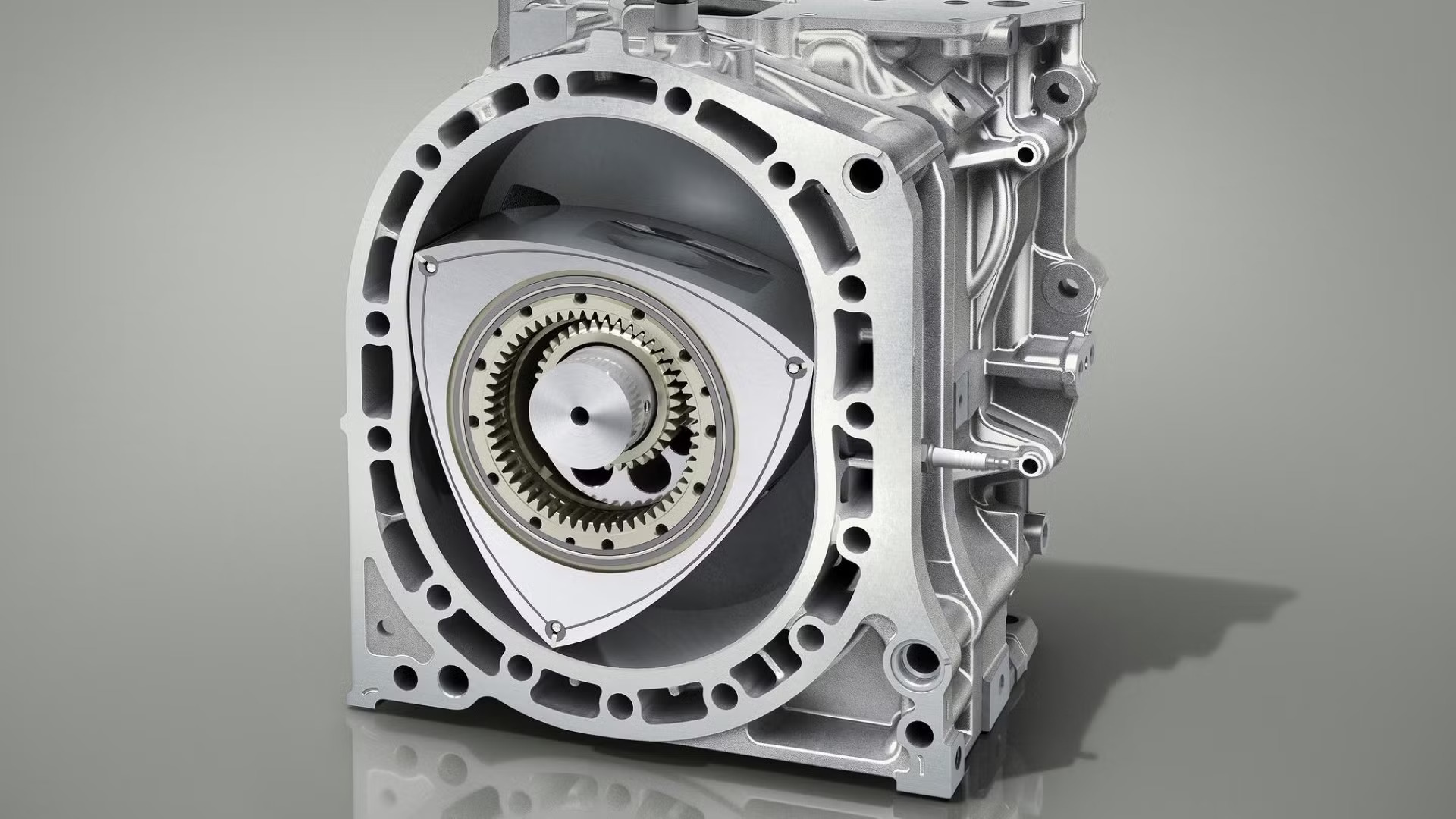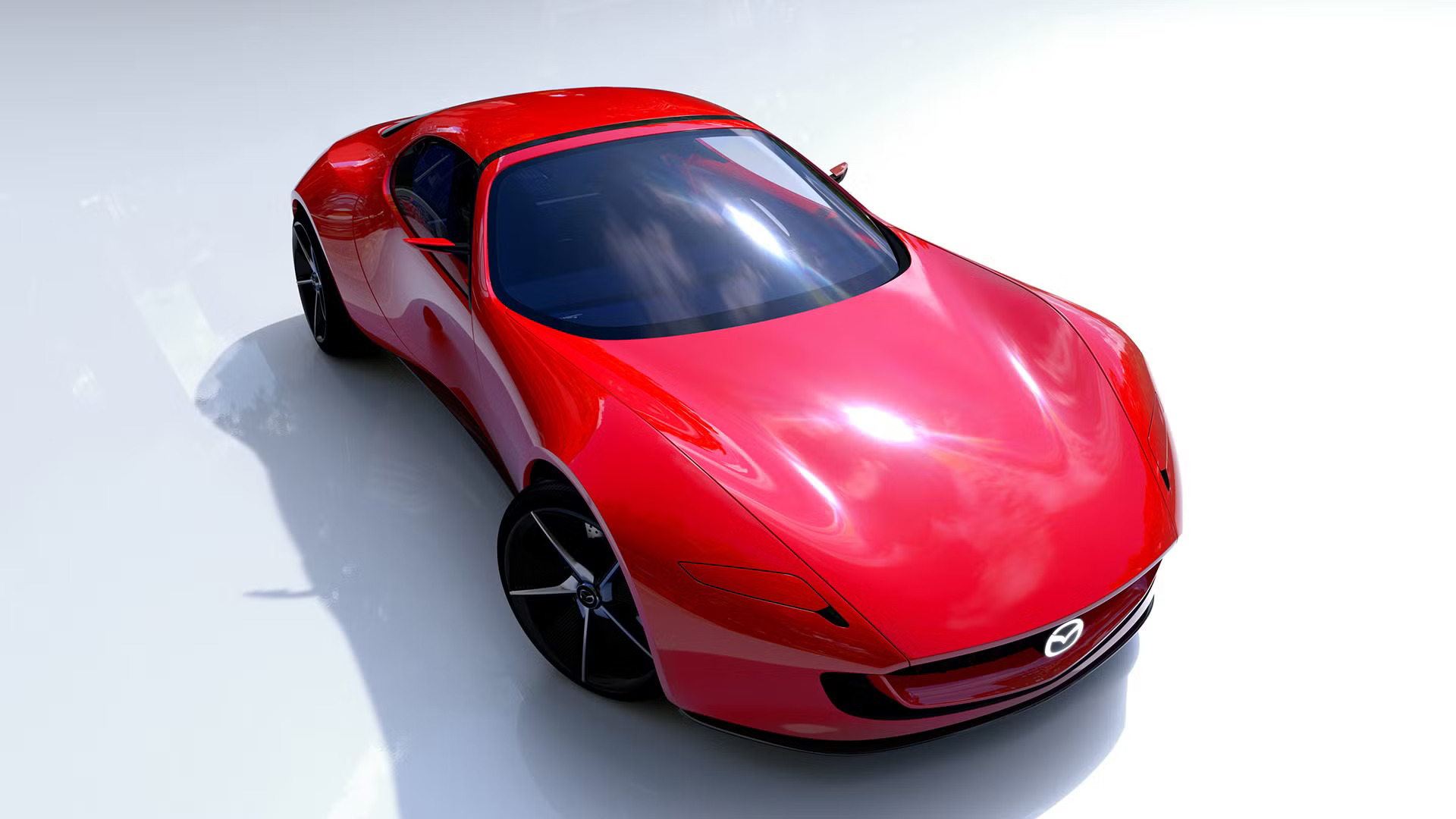Mazda’s legacy with the rotary engine is well-known, with the company leading the charge in developing this unique technology for several decades. From the 1960s to the early 2000s, Mazda’s commitment to refining the rotary engine shaped its identity. After the RX-8’s production ended in 2008, it seemed like the rotary engine was a thing of the past. However, Mazda’s recent innovations suggest that the technology could play a role in the future of its cars.
The rotary engine’s origins go back to 1924 when German engineer Felix Wankel began his research into creating a revolutionary engine design. Despite the challenges of living through both World Wars, Wankel’s work gained attention and secured funding during the Second World War. By 1951, he teamed up with NSU, a now-defunct automaker, to create the first rotary engine prototype, marking a pivotal step in the engine’s development.
Mazda became involved with the rotary engine in 1961 when it acquired a patent for its use. The company quickly invested in its development, establishing the Rotary Engine Research Department in 1963 to address the engine’s reliability issues. In 1967, Mazda introduced the Cosmo Sport, which featured the first two-rotor engine, a significant breakthrough that would pave the way for future rotary-powered vehicles.

Throughout the years, Mazda continued to innovate, introducing turbocharged and fuel-injected rotary engines in the 1980s. A major achievement came in 1991, when Mazda’s rotary-powered 787B won the prestigious 24 Hours of Le Mans race, making history as the first Japanese car to do so. This victory showcased the performance potential of the rotary engine and solidified Mazda’s status as a leader in rotary technology.
One of the most iconic rotary-powered cars from Mazda is the RX-7, especially the FD generation launched in 1992. With its sleek design and a rotary engine producing up to 276 horsepower, the RX-7 became a symbol of performance. Following this, the RX-8 arrived with a 232-horsepower engine and unique features like rear-hinged doors, continuing Mazda’s tradition of producing rotary-powered sports cars.
However, despite its performance potential, the rotary engine had notable drawbacks, including poor fuel efficiency and high maintenance requirements. As these issues became more apparent and fuel economy became a higher priority, Mazda ended production of rotary-powered vehicles by 2008. Despite this, the company has remained committed to exploring ways to integrate rotary technology into modern cars.
Mazda’s revival of the rotary engine began with the introduction of the MX-30 R-EV in 2023. In this model, the rotary engine is used as a range extender, charging the car’s battery as it drives, rather than powering the wheels directly. This innovation highlights Mazda’s ability to adapt rotary technology for modern electric vehicles, although the MX-30 itself was discontinued in the U.S. market before the range-extender version could be released.
Looking ahead, Mazda has reinvigorated its rotary engine development department, signaling that rotary technology still has a place in the company’s future. The department is focused on improving electric drivetrains and exploring alternative fuels, including biofuels derived from seaweed. A glimpse of what’s to come can be seen in the 2023 Iconic SP Concept, a rotary-powered sports car that runs on hydrogen and synthetic e-fuels. This concept car may pave the way for a new generation of rotary-powered sports cars, blending electric and rotary technology for a future that could be both sustainable and exciting.

